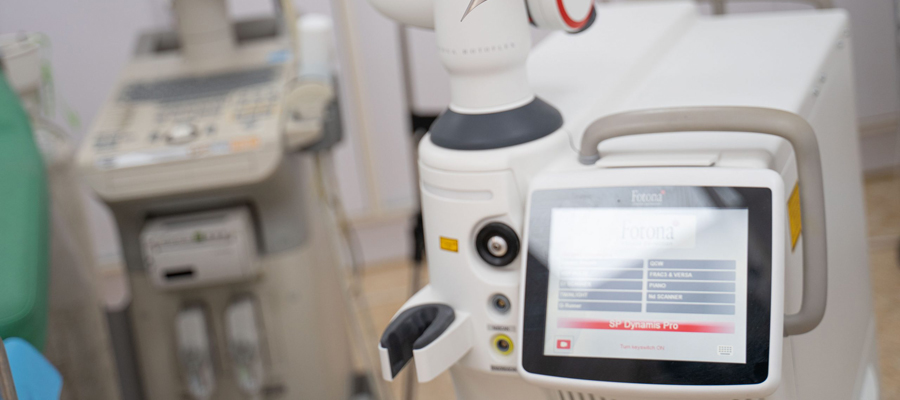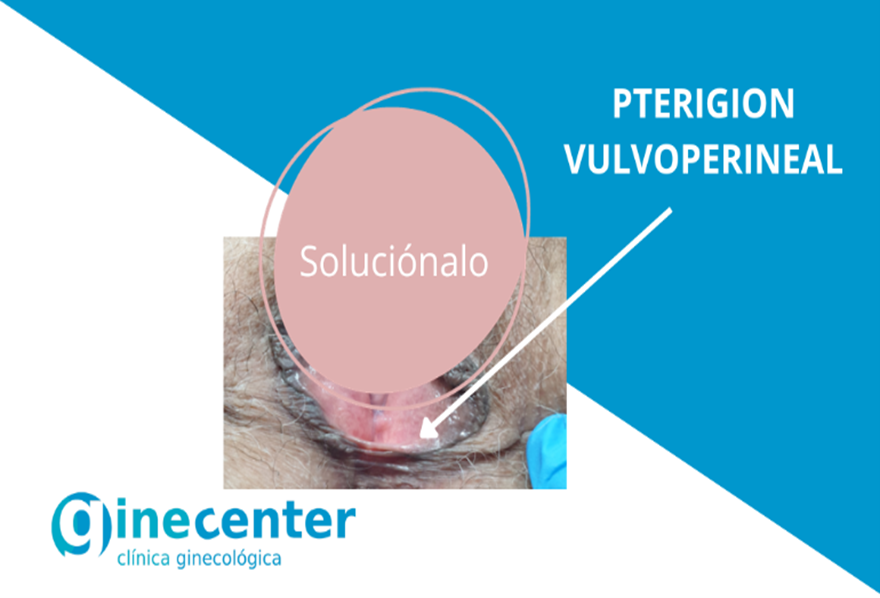Dra. Yalixtzin Madriz Esturo
In Spain, between 5% and 26% of women between the ages of 25 and 65 years experience urinary incontinence, a condition which has a significant impact on the quality of life of patients.
The use of the gynaecological laser has in recent times become an essential part of the traditional treatment options that are currently available to treat urinary incontinence. Based on the principle of depositing laser energy to stimulate the production of the patient’s own collagen, the laser improves the elasticity and strength of pelvic organs such as the bladder and urethra which are part the urinary tract.
Up to 41.8% of the female population over the age of 75 suffers from urinary incontinence.
It is important to highlight that different types of urinary incontinence exist and not all patients will require the same type of treatment. In the first instance, it is essential be medically assessed so a correct diagnosis may be reached prior to choosing the most appropriate treatment option.

The Fotona SP Dynamis Pro laser
The use of a laser may be recommended as the primary treatment method or be complementary to other types of available treatments.


